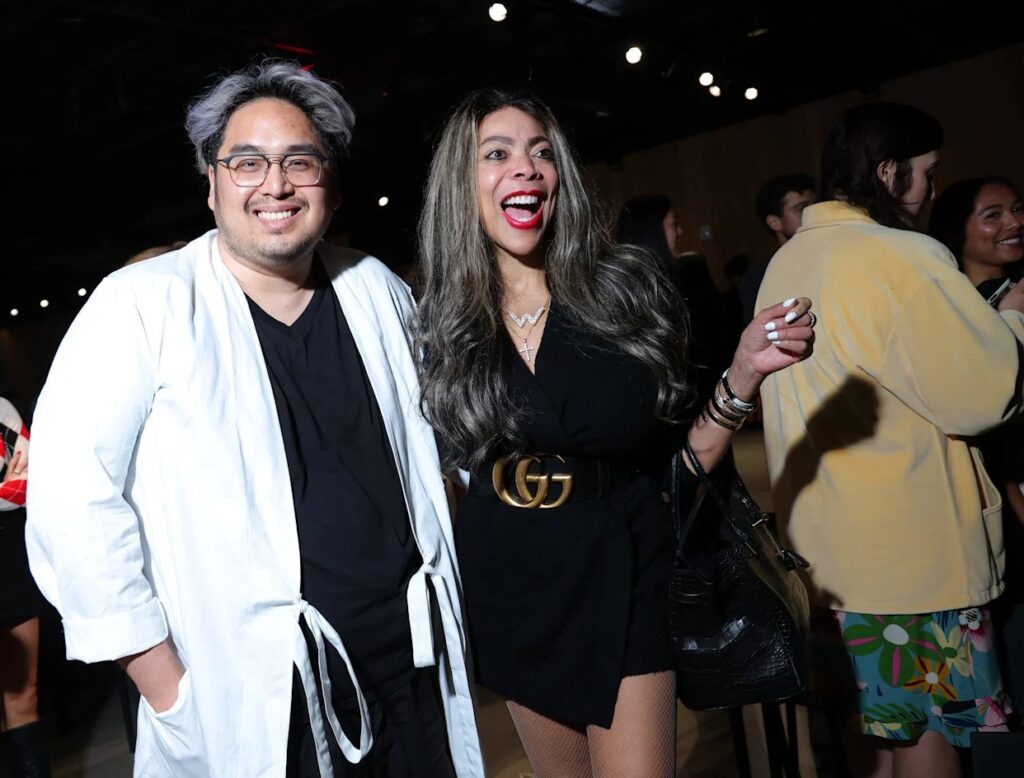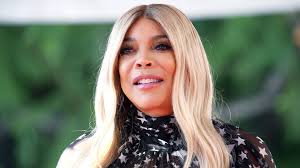For more than a decade, Wendy Williams reigned as the queen of daytime talk, stirring the pot with her unapologetic candor, sharp wit, and infamous catchphrase, “How you doin’?” She was a pop culture force who commanded attention, not just for the celebrity gossip she dished out but for her ability to be raw, flawed, and real in front of an audience of millions. But in recent years, Williams has been making headlines for reasons far removed from her red chair and celebrity feuds.
After a highly publicized battle over her health and finances, Wendy Williams has been living under a court-ordered conservatorship, a legal arrangement that has sparked heated debate among her fans and the media. Diagnosed in 2023 with primary progressive aphasia and frontotemporal dementia — conditions that her court-appointed guardian described as leaving her “permanently incapacitated” — Wendy was effectively removed from control of her own life and career. Yet, true to her unyielding spirit, Williams has resisted this narrative, insisting in interviews that she is “not cognitively impaired” and describing the conservatorship as feeling like “prison.”
That tension between medical evaluation, legal authority, and personal autonomy was back in the spotlight this week, when Williams made a rare public appearance at New York Fashion Week. On Sept. 15, she arrived at the Dennis Basso presentation on the Upper East Side, looking confident and glamorous despite the controversies swirling around her. Wearing a mustard-yellow tweed two-piece set, bedazzled “W” necklace, oversized Gucci tote, and sparkling gray sneakers, the 61-year-old star made sure cameras got their moment. With her signature plum lipstick and a small entourage by her side, she posed for nearly 15 minutes before slipping inside to view Basso’s designs in a setting of marble fireplaces, Renaissance art, and old-world grandeur.
For longtime Wendy watchers, the sight of her smiling and engaging with photographers felt like a rare reminder of the woman they once saw daily on television. But beneath the glitz of fashion week lies a complicated story — one that speaks to questions of freedom, vulnerability, celebrity, and how society treats women, particularly Black women, when they fall from the heights of fame.
To understand why Wendy’s current chapter feels so significant, it helps to look back at the career that made her a household name. Williams built her empire on radio before conquering television. Known as the “shock jockette,” she broke into a male-dominated space by saying the things others wouldn’t dare. By the time The Wendy Williams Show premiered in 2008, she had perfected her brand: fearless gossip delivered with humor and a wink, all while sipping tea from a bedazzled mug.
She was messy, yes, but she was also magnetic. Celebrities who disliked her critiques still couldn’t ignore her influence. Williams became the place where headlines broke, where audiences laughed at her outrageous candor, and where fans tuned in for both entertainment and authenticity. She wasn’t polished — she fainted live on air, cried openly about her divorce, and shared her struggles with addiction and Graves’ disease — but that imperfection made her relatable.

Wendy’s power lay in her ability to be both commentator and spectacle. For years, she thrived on that balance. But as her health began to decline, the line between spectacle and tragedy blurred.
In early 2023, news broke that Williams had been diagnosed with primary progressive aphasia and frontotemporal dementia, conditions that impact language, cognition, and behavior. These diagnoses came amid her absence from television and reports of financial instability. The court appointed guardian Sabrina Morrissey to oversee Wendy’s finances and daily life, citing her cognitive decline as justification.
But Wendy has never accepted this account of her reality. In a candid January 2024 interview on The Breakfast Club, she flatly rejected the diagnoses, insisting she was not impaired and accusing the system of unfairly trapping her in a conservatorship. “I feel like I am in prison,” she told the hosts, her frustration cutting through the airwaves.
The court, however, has maintained its position, recently upholding the conservatorship after renewed medical evaluation. To her supporters, the decision feels reminiscent of the Britney Spears saga, when another pop culture icon’s freedom was curtailed by a legal structure that raised more questions than answers. For Wendy’s fans, the central concern remains: who gets to decide whether she is capable of controlling her own life?
Against this backdrop, Wendy’s return to New York Fashion Week takes on deeper meaning. Her appearance at Dennis Basso’s show — and earlier at Bach Mai’s presentation — wasn’t just about fashion. It was a statement of presence, of visibility, of resistance.
Fashion week thrives on spectacle, and Wendy has always known how to command attention in a room. Her tweed suit, Gucci tote, and bedazzled necklace weren’t simply accessories — they were declarations of identity. She is still Wendy Williams, the larger-than-life personality who knows how to make an entrance.
For observers, the symbolism was hard to miss. By stepping out at such a high-profile event, Wendy seemed to be reclaiming a sliver of her narrative, even as the legal system insists she is unfit. Fashion has long been a tool of self-expression and empowerment, and in Wendy’s case, it became a way of showing the world she isn’t going quietly.
The public response to Wendy’s struggles has been a mix of compassion, disbelief, and curiosity. On one hand, fans worry about her well-being, seeing echoes of exploitation and vulnerability in how her life is being managed. On the other hand, skeptics point to her erratic behavior in recent years — missed shows, slurred speech, bizarre interviews — as signs that perhaps the conservatorship is necessary.
It’s a debate complicated by race, gender, and fame. Black women in entertainment are often held to impossible standards, praised for their strength until their vulnerability is exposed, then criticized or dismissed. Wendy’s fall from grace has unfolded under a harsh spotlight, raising uncomfortable questions about how society treats women who are no longer at their peak but still crave agency.
Williams’ situation also feeds into a broader cultural discussion about conservatorships and guardianships. Britney Spears’ battle brought these arrangements into the mainstream conversation, exposing how they can sometimes protect vulnerable individuals but also strip away autonomy in troubling ways. Wendy’s case is now the latest high-profile example forcing people to consider: where is the line between protection and imprisonment?
Her insistence that she is not impaired highlights the tension between medical authority and personal freedom. It also underscores the difficulty of proving capacity in conditions like dementia, where symptoms can fluctuate. Fans who saw Wendy articulate her frustrations in interviews struggle to reconcile that with claims of her being “permanently incapacitated.”
No matter how Wendy’s legal battle unfolds, her legacy in pop culture is undeniable. She redefined what daytime television could be, paving the way for edgier, more unfiltered hosts. She gave gossip the same energy that news anchors gave politics, legitimizing a space that many dismissed as frivolous. She was polarizing, yes, but she was also pioneering.
Her journey also serves as a reminder that icons are human. Wendy’s struggles with health, aging, and control mirror the challenges many people face, only amplified by fame. Her willingness to be messy and imperfect made her relatable, and now, her vulnerability makes her story all the more poignant.
As Wendy Williams continues to navigate life under conservatorship, her appearances at Fashion Week suggest she is not retreating into the shadows. Whether she will regain more control of her life remains uncertain, but what is clear is that Wendy is determined to remain visible.

In many ways, this chapter of her life is still being written. Will it be remembered as a tragic decline of a once-great star, or as the comeback of a woman who refused to be silenced? The answer may depend not only on Wendy herself but on how society chooses to view her — with empathy, skepticism, or a mix of both.
For now, Wendy’s walk into the Dennis Basso presentation stands as a vivid image: a woman once at the center of daytime television, now at the center of a battle for her own autonomy, still finding ways to command the spotlight.
And maybe that’s the most “Wendy” thing of all.
